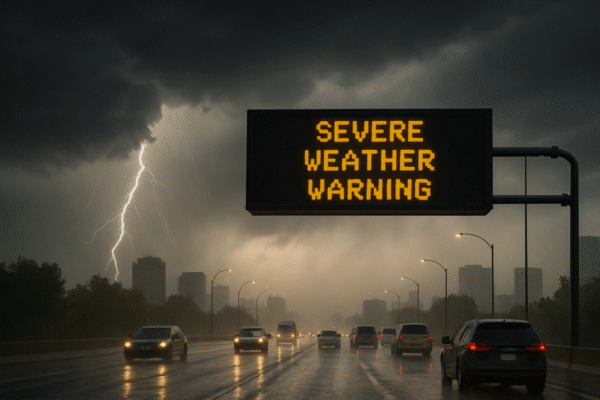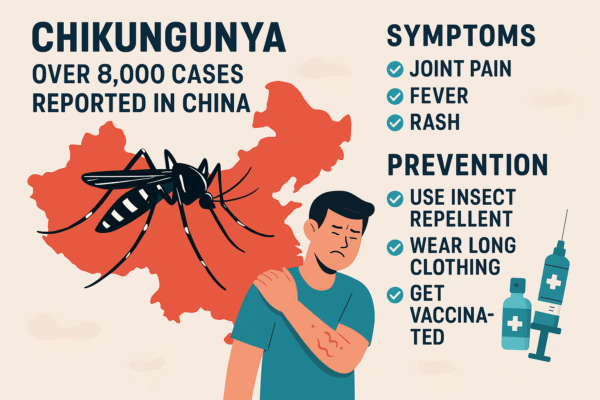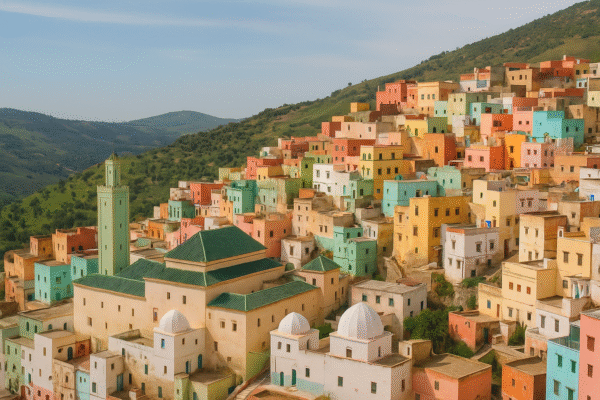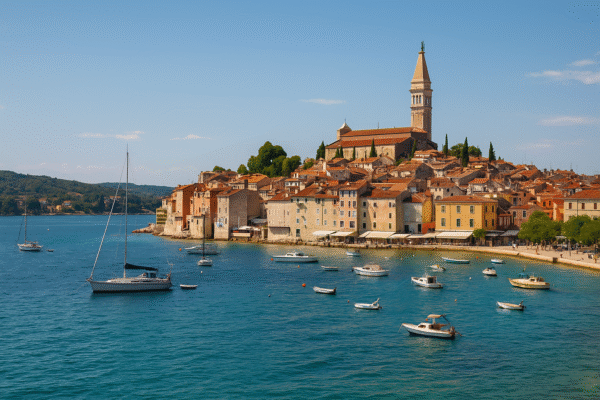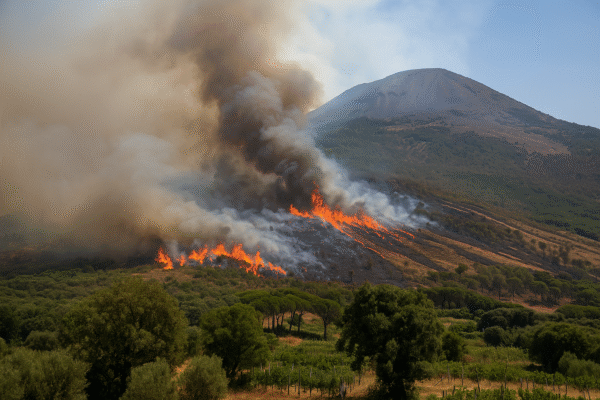Naples, Italy — A rapidly spreading wildfire has engulfed parts of Mount Vesuvius National Park, prompting the immediate evacuation of trails and shutting down access to one of Europe’s most iconic natural landmarks. The blaze, visible even from Pompeii, has scorched approximately 500 hectares of forested hillside and farmland, raising alarm among environmental and tourism authorities alike.
Firefighting Operations Mobilize on Multiple Fronts
Italian authorities have deployed 12 ground firefighting teams, six Canadair water-bombing aircraft, and military crews to tackle the blaze on several fronts. Drones are also in use, supplying real-time aerial surveillance and helping monitor how the fire evolves under shifting winds. The site remains highly volatile, creating challenges for emergency services striving to contain the blaze.
Historic Significance Collides with Environmental Crisis
Mount Vesuvius draws global attention due to its dramatic volcanic history and proximity to Pompeii—a Roman-era city buried in ash nearly 2,000 years ago. In 2024, around 620,000 visitors hiked to the crater’s edge, underscoring its appeal and cultural importance. Now, that access is suspended indefinitely.
Smoke Veils Pompeii, Yet Excavations Continue
Despite the fiery backdrop, Pompeii archaeology park remains open. Thick plumes of smoke rising from the volcano shape an eerie scene against the ancient ruins. Fortunately, the flames have thus far stayed clear of residential areas thanks to effective containment measures.
Suspected Arson and Environmental Toll
Officials suspect arson may be behind the blaze. In recent years, arid summers and climate change–enhanced heatwaves have driven a surge in wildfires across southern Europe, with 90% of such fires attributed to human causes or negligence. The Vesuvius region alone has recorded more than 1,000 fires since mid-June, devastating over 2,500 hectares of forests and agriculture.
Cultural and Agricultural Losses Mount
The wildfire threatens more than just scenery—it endangers local livelihoods. Vineyards producing the prized Lacryma Christi DOP wine, apricot orchards, and the celebrated Pomodorino del Piennolo DOP tomatoes have been damaged, imperiling centuries-old farming traditions.
Road to Recovery: Safety, Repair, and Prevention
With tourist access restricted, attention now shifts to restoration and resilience. Authorities plan to rebuild trails, rehabilitate scorched ecosystems, and support affected farmers. More importantly, there’s renewed urgency to overhaul prevention strategies—especially as climate change heightens wildfire risk across iconic landscapes.
Conclusion
The Mount Vesuvius wildfire—which has consumed hundreds of hectares of national park—casts a sobering reminder of the fragility of treasured heritage sites amid escalating environmental challenges. Though firefighters battle flames by land, air, and sky, the closure of one of Italy’s most symbolic landmarks underscores the intersection of climate risk and cultural stewardship. Recovery will not just restore a destination—it must safeguard its future.
For more travel news like this, keep reading Global Travel Wire





